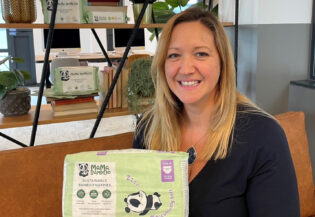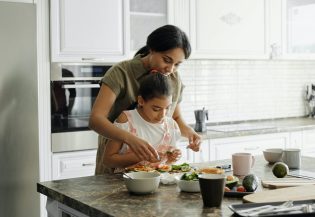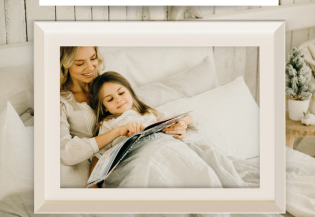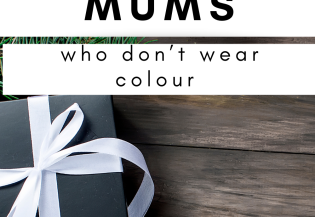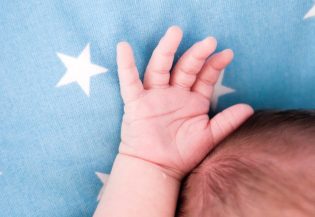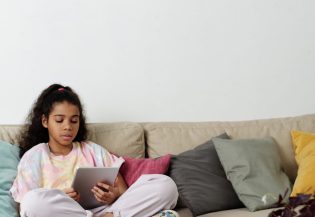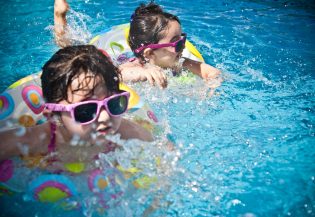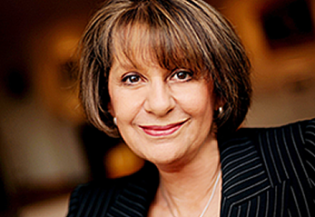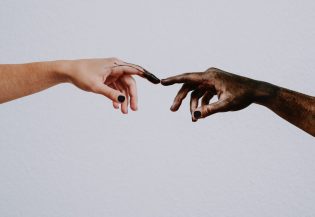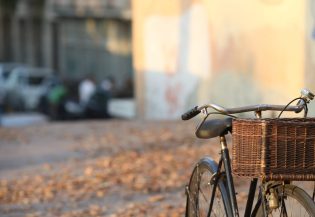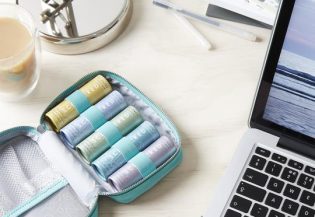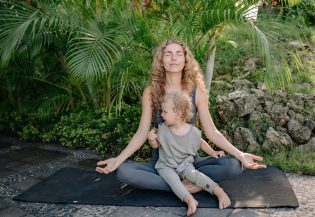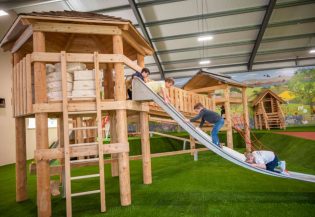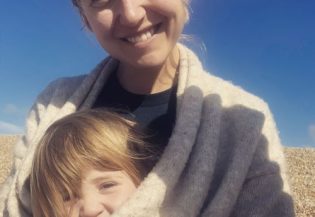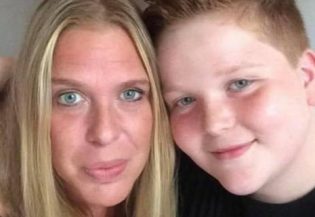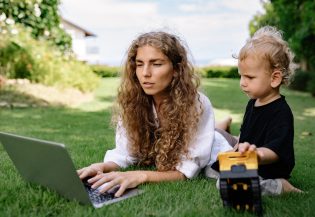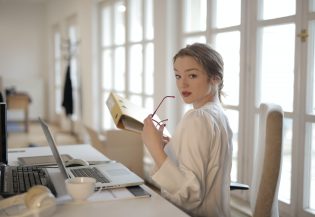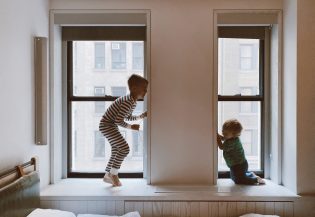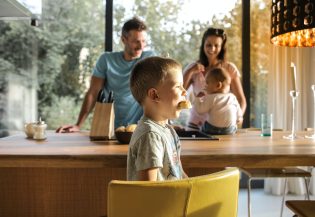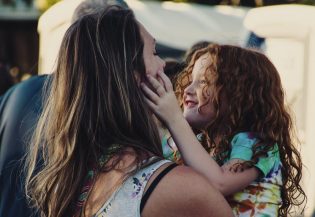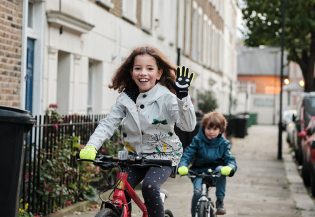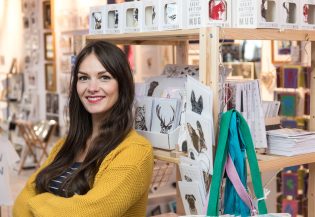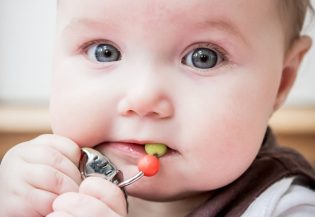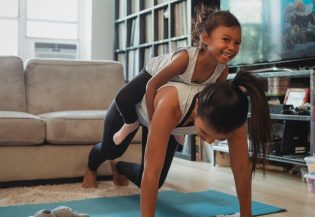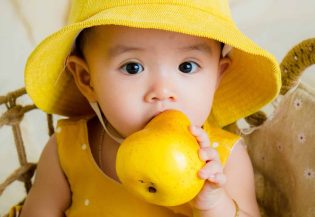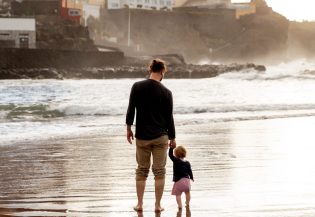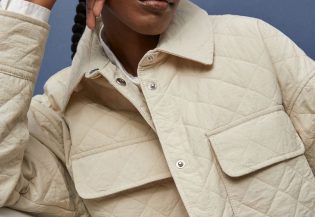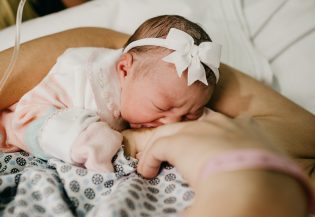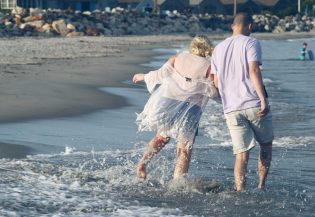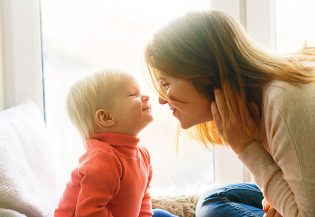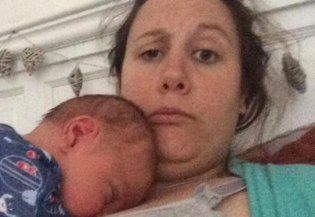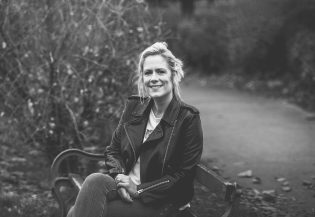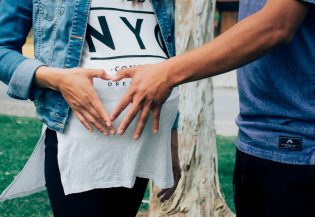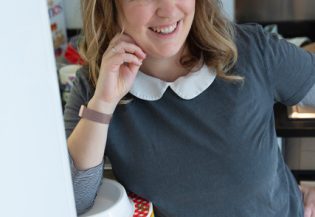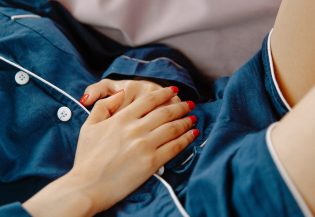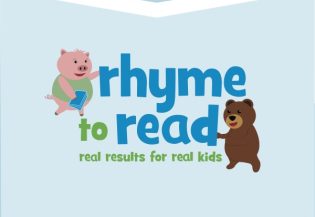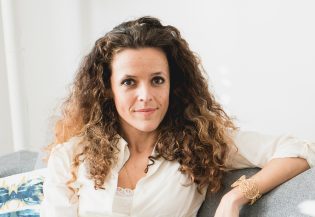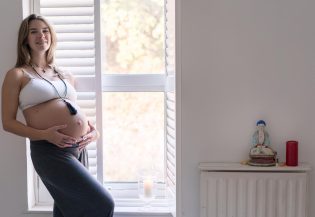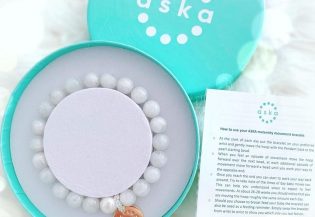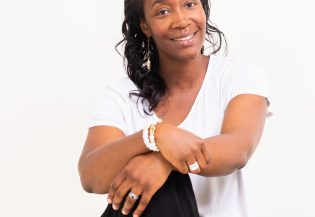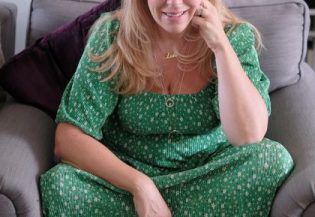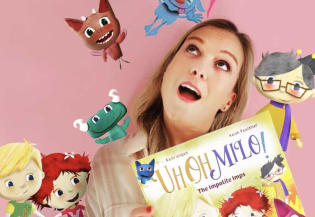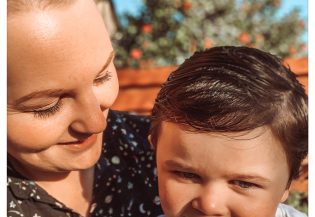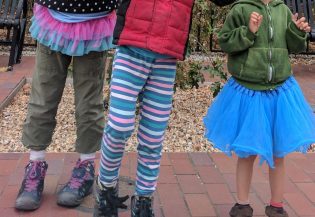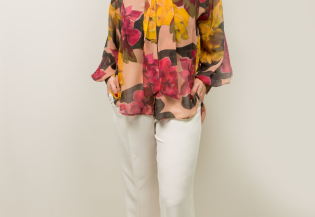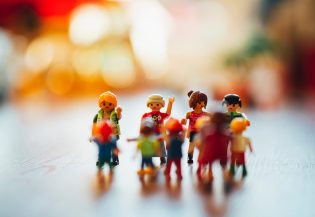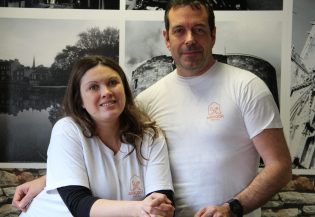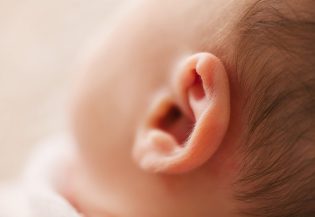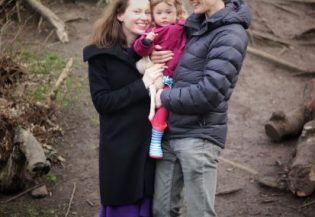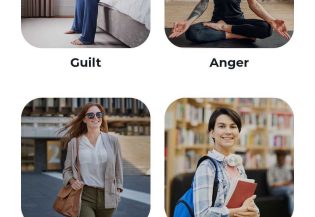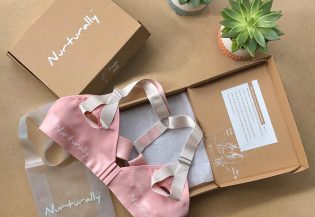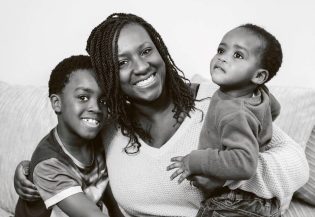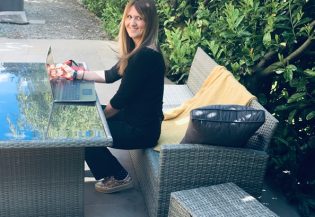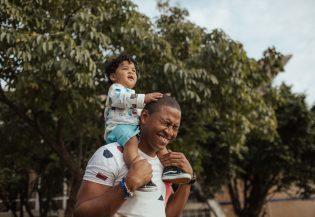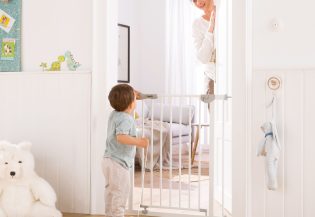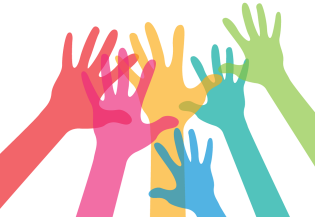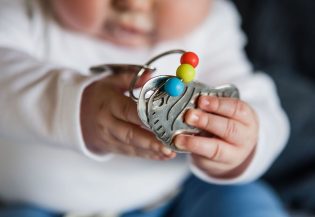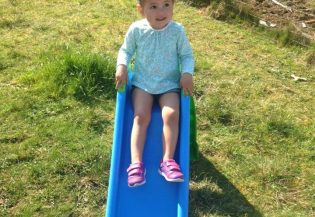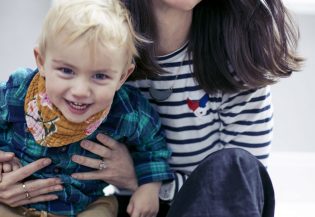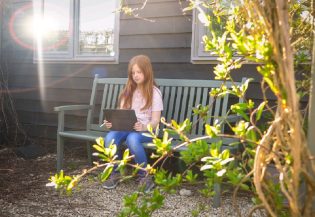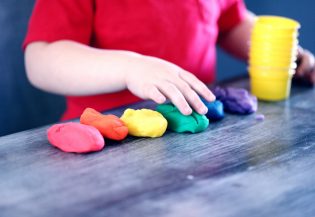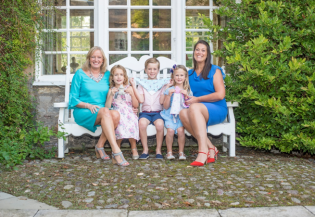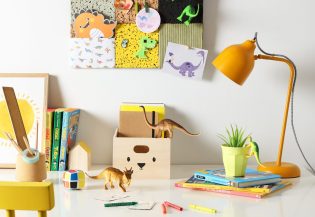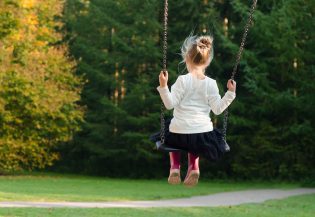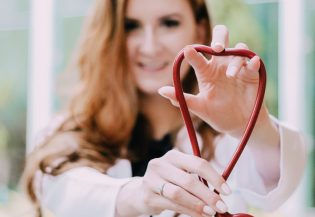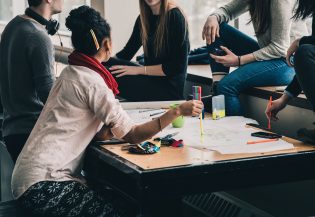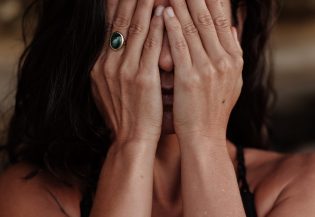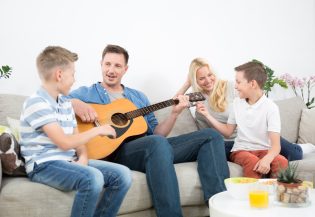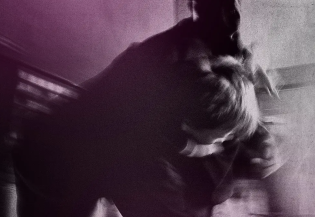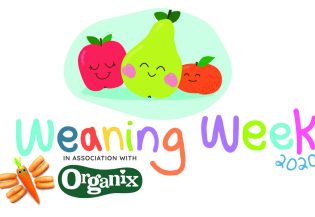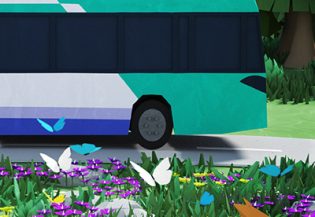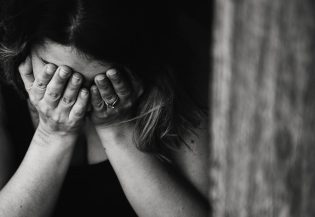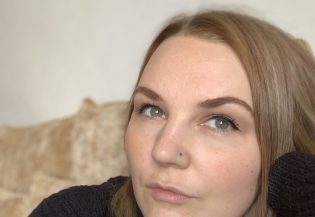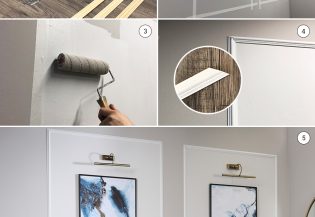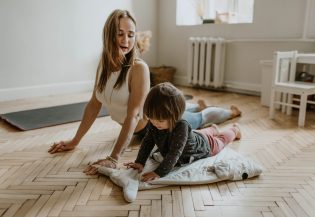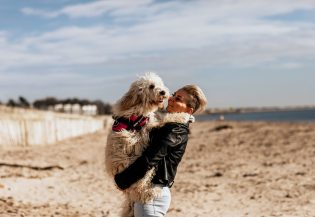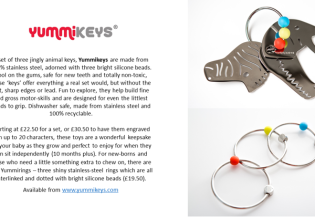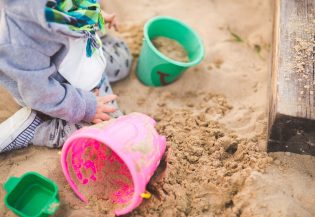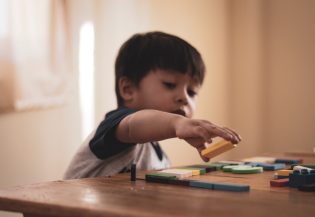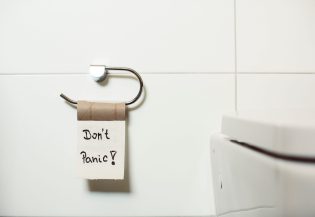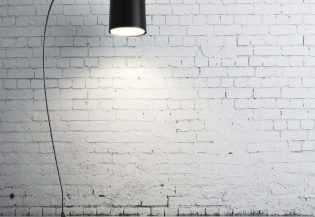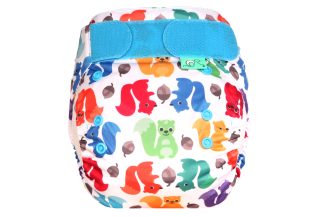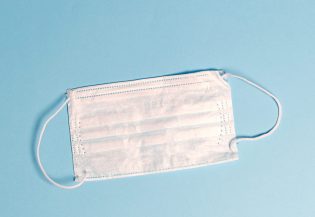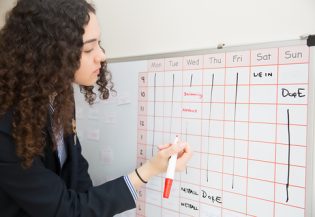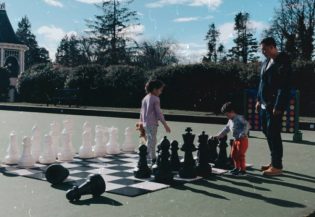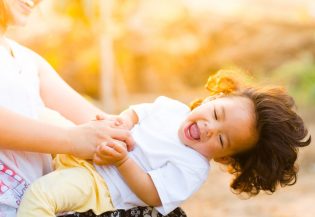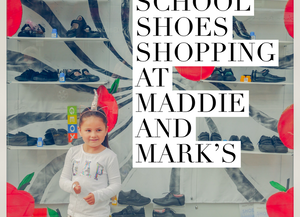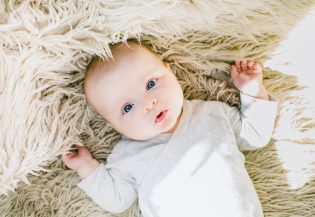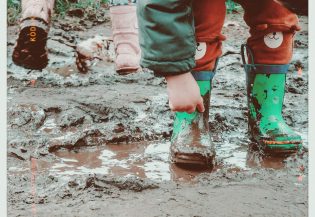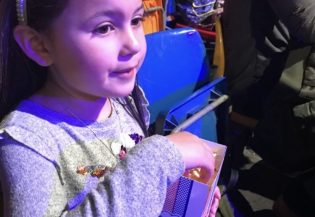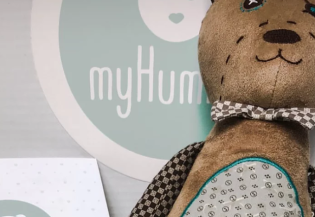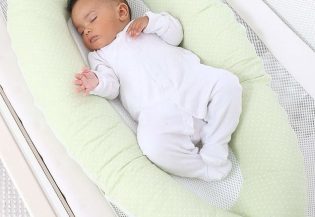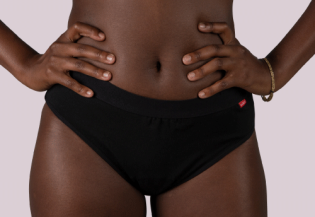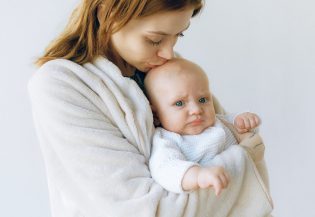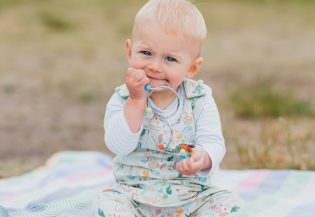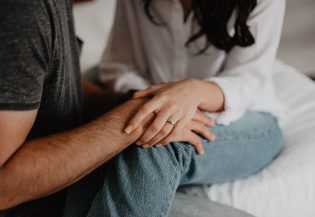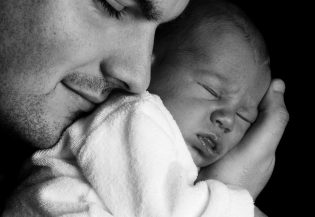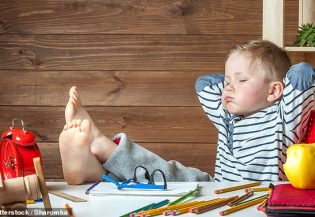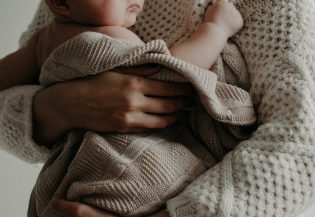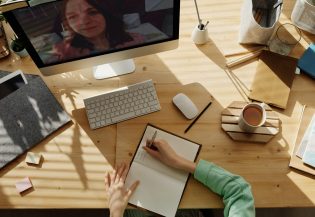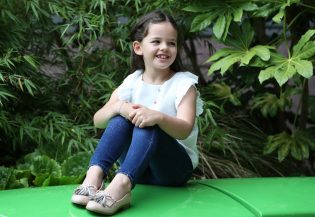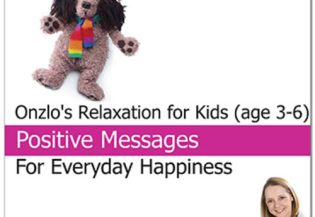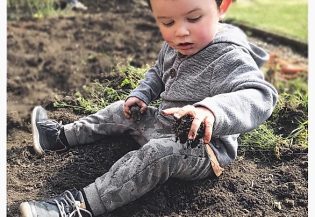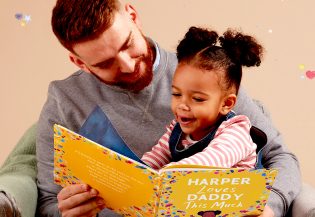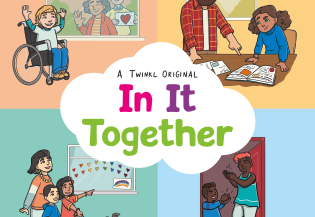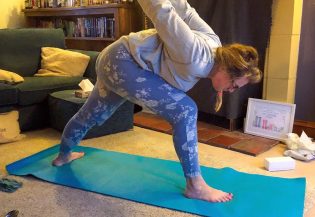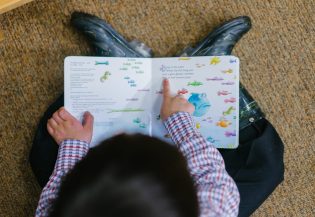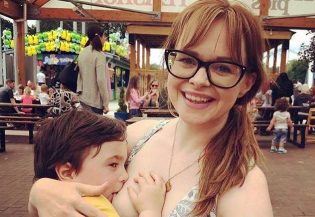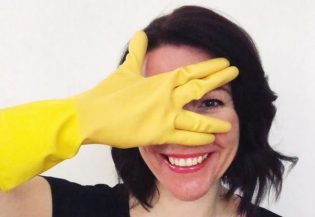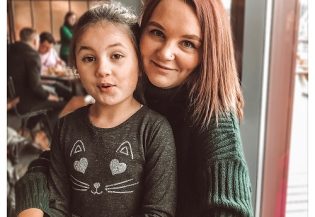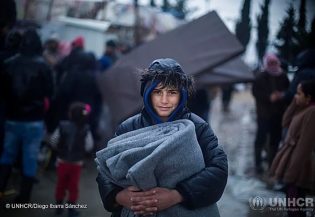Toilet training: when and how to do it.
TOILET TRAINING: WHEN AND HOW TO DO IT.
Toilet training: signs that your child is ready
You might see signs that your child is ready for toilet training from about two years on. Some children show signs of being ready as early as 18 months, and some might be older than two years. Cassius has just turned 3, I have always felt he was a little young but the last few months he has been doing the odd wee in the toilet and telling me when he needs his nappy trained, so I thought lets give it a go.
Here are some of the signs to look out for:
- Child should be walking and able to sit unaided
- Showing shows of independence when it comes to everyday tasks.
- is becoming interested in watching others go to the toilet but to be honest I haven’t been able to go to the toilet alone since 2014!
- May start to need fewer nappy changes through the day as they are holding in their wee for longer.
- May tell you they are about to do a poo
- begins to dislike wearing a nappy, perhaps trying to pull it off when it’s wet or soiled
- has regular, soft, formed bowel movements
- can pull his pants up and down
- can follow simple instructions you give them.
- shows understanding about things and what they do around the house.

Not all these signs need to be present when your child is ready. A general trend will let you know it’s time to start.
Getting ready for toilet training
If you think your child is showing signs of being ready for toilet training, the first step is to decide whether you want to train using a potty or the toilet. I HATE a potty – this is down to a few things.
I have potty trained 100’s of children as an Early Years nursery nurse and I have cleaned far to many potties for my liking, I also had awful morning sickness when we were training my daughter. Every time she used her potty it would make me gag!
BUT…there are some advantages to using a potty – it’s mobile and feels a little more personal, and some children find it less scary than a toilet, I think due to its size and less nosiy. Some parents encourage their child to use both the toilet and potty but for us, it’s the toilet all the way!
Second, make sure you have everything you need before you start. For example, if your child is using the toilet, you’ll need a step for your child to stand on – we got a cheap one from Ikea and a training seat that fits onto our toilet seat, its just easier and no fear of falling in. We also have the same at granny’s house, so it isn’t too different when we go visit.
Third, plan it when you have nothing big going on – I always think if you can stay in the house for the first 4-5 days and just focus on training that’s the best way to start it. Have them get used to it where they feel comfortable and if accidents happen it isn’t a massive fuss.

Here are some tips for getting ready:
- Start using familiar word like pee, wee , poo and toilet so they can learn them and use them when they need.
- Try to do all changes and toileting/potty in the bathroom so the child associates the room with going to the toilet.
- Let your child try sitting on the potty or the small toilet seat on the run up to starting, makes it all a little less overwhelming
- Let your child watch you or other trusted family members using the toilet but again I’m sure your child has seen this.
Starting toilet training
It’s a good idea to start toilet training on a day when you have no plans to leave the house and I find 4-5 days inside can help kick start. The tips below can help with toilet training once the big day arrives.
Timing
- Sit your child on the potty at times when you’ve noticed they often does a poo, like 30 minutes after eating or after having a bath. I find getting them to sit on the toilet every 30 minutes the first few days can help – tip. You can set your amazon echo a reminder to remind you to ask/take your child.
- Look out for signs that your child needs to go to the toilet – some cues include changes in posture, passing wind, going quiet or moving to a different room by himself. You will get good at detective work, like why are they hiding behind the curtain?
- If your child doesn’t do a wee or poo after 3-5 minutes of sitting on the potty or toilet, take her off. It’s best not to make your child sit on the toilet for long periods of time, because this will feel like punishment but an iPad or a story can help if you know they need to go.
Training pants and pull-ups
Your child is more likely to understand toilet use if he’s no longer wearing a nappy.
Training pants are absorbent underwear worn during toilet training. They’re less absorbent than nappies but are useful for holding in bigger messes like accidental poos. Once your child is wearing training pants, dress her in clothes that are easy to take off quickly.
Pull-ups are very popular and are marketed as helpful for toilet training. It isn’t clear that they actually help. But you can try them to help your child get used to wearing underwear.
Generally, cloth training pants are less absorbent than pull-ups and can feel a little less like a nappy. Pull-ups might be handier when you’re going out.
Wearing training pants is a big move for your child. If you celebrate it, the transition will be easier. Talk about how grown-up he is and how proud of him you are.

Out and about while toilet training
It’s easier to stay home for a few days when you start toilet training, but you’ll probably have to go out at some stage. I’m sure cabin fever will have set in fast!
Wherever you’re going, it’s a good idea to see if toilets are close maybe a trip to the park isn’t the best for your first trip out. Get them to try before you leave the house and explain that they need to tell you if they need to go.
It’s best to take a spare change of underpants and clothes for your child when you’re out, until he’s very confident about using the toilet, even then I still carry spare for my daughter as you never know – nappy bags are also good to put any wet clothes in.
If your child goes to a childcare service or to friends’ or relatives’ houses without you, let people know that she’s toilet training. This way they can help her use the toilet or potty in the way that you do at home. Bring all the clothes – nursery will thank you for having many changes as accidents do happen.
Setbacks and accidents while toilet training
Learning to do wees and poos in the toilet takes time, though my daughter managed well, it’s be a bit trickier for my son. You can expect accidents and regressions are common – these are all just part of the process but remember we all learn but at our own pace.
If your child gets upset because of an accident, reassure him that it doesn’t matter and there’s no need to worry. Don’t tell them off, I find ah “oh dear, its just an accident” works well. We don’t what to make the situation any more stress for, for you or your child.
Here are ideas to help avoid accidents:
- Pay attention to your child if she says she needs the toilet straight away. She might be right! Don’t wait and see – it will save you on washing.
- If you’re sure your child hasn’t done a poo or wee in a while, remind him that he might need to go. I find my son gets stuck right into what he’s doing and when deep in play will need a reminder to use the toilet.
- Try to make sure the potty or toilet is always easy to get to and use. Even though I not a fan of the potty – I still have one in the room for last minute dashes.
- Ask your child to wee just before going to bed/nap/going out.
Health problems
It’s worth keeping an eye out for possible problems connected with toilet training. Signs to look for include:
- a big increase or decrease in the number of poos or wees
- poos that are very hard to pass
- unformed or very watery poos
- blood in the poo or wee (sometimes appears as cloudy wee)
- pain when your child goes to the toilet.
If you feel there might be a problem or you’re worried about how your child is adapting to toilet training, check with your GP or child and family health nurse.
